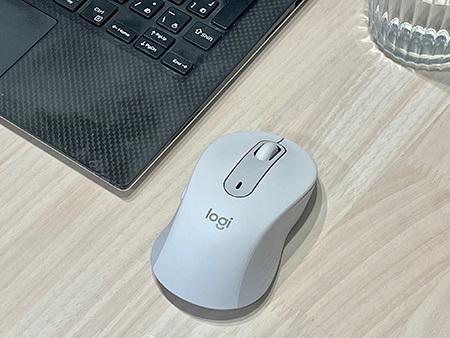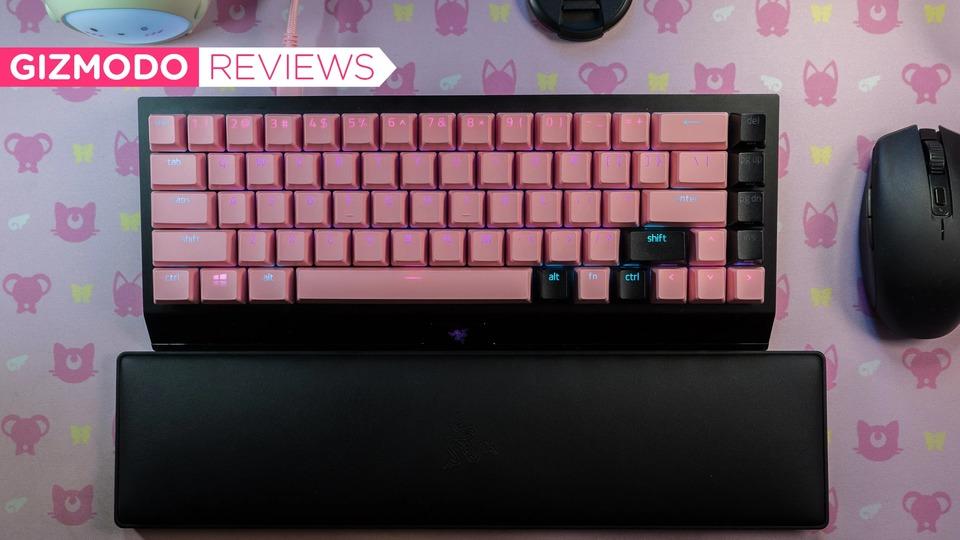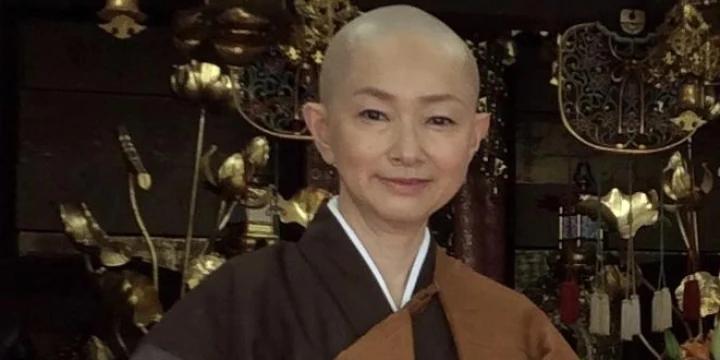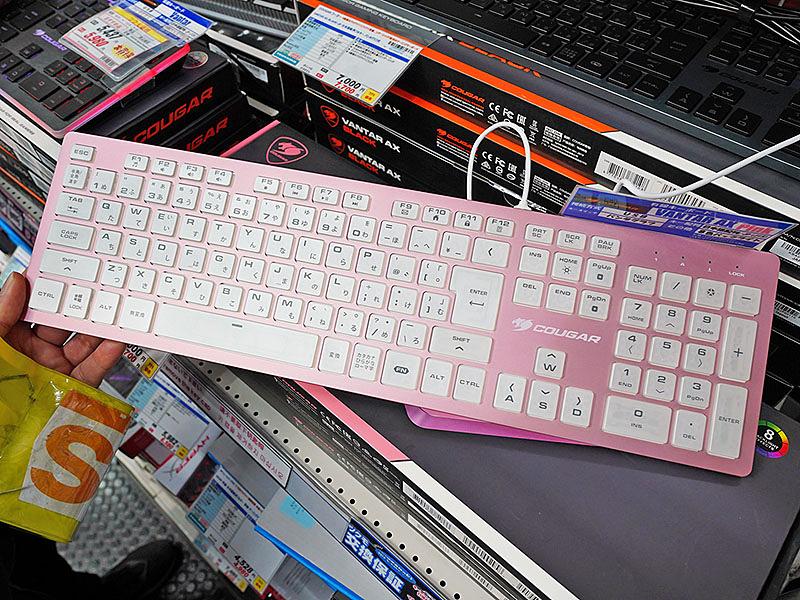PC version of "Nostalgia Op.3" Play Report-Everyone feels like a pianist with a MIDI keyboard! Will the dark horse of "BEMANI" jump to the top?
Konami Amusement Co., Ltd. has started the open alpha test of the Konaste version of "Nostalgia Op.3" from October 19th. This work will be a PC port of an arcade work, but at the time of the announcement, "MIDI keyboard" became a trend on SNS, and players using the controller of "KEYBOARDMANIA" also appeared, and it is already attracting attention. It has been about 20 years since "KEYBOARDMANIA" using a YAMAHA keyboard. It can be said that the music game using a full-scale keyboard has been revived in the successor "Nostalgia". In this article, we will deliver a play report that actually uses a MIDI keyboard.
First, I will explain about nostalgia.
"Nostalgia", which has been in operation in arcades since 2016, is a work of the "BEMANI" brand that imitates playing the piano. It's been a long time since "KEYBOARDMANIA" in 2000, and it's a new work that uses "key sound" (a mechanism that turns into a melody when the button is pressed accurately), and it is based on classical jazz, which is rare in arcade music games. With cute visuals with cat motifs, simple and easy-to-understand operability, and a sad story that invites tears, even beginners of music games can enjoy it. Many of the songs included are piano solos that can be played comfortably, including chorus songs such as "Tabidachi no Hi ni" and "Sakura", and competing titles such as the CM song "Churushiyo!" For Inaba Foods "CIAO Churu". There is also a lineup that is a bit different from that. On the other hand, the highest rank is characterized by the lineup of classical masterpieces. Although there is a wide range of keyboards to play, advanced players are provided with unforgiving musical scores, such as reproducing the repeated hits of Schubert's "Erlkönig" (arranged by Liszt) .Next, choose the keyboard you want to use.
"Nostalgia" has four levels of difficulty, with different widths for one note (like a musical note). Normal has a width of 7 keys, and if you press any one of the corresponding 7 keys, it will be judged as "played" and a part of the melody will sound. Hard has 5 keys, Expert and Real have 3 keys, and the width becomes narrower as it goes higher. As a setting item before playing, there is a "NEAR" option that widens the width by 2 keys in exchange for the score, and if you want to enjoy it regardless of the score, you should turn it on. A PC keyboard (N key rollover required) that lacks 28 keys in the arcade and a MIDI keyboard that is less than 4 octaves can assign multiple keys, so one key can operate for 2 or 3 keys. Since there are no fine keystrokes up to Normal and Hard, you can fully enjoy using a keyboard with less than 28 keys. You can fully enjoy the part of "Nostalgia" that you can feel the feeling of playing with rough fingering, so unless you are an advanced AC version, it is good to touch from low difficulty including operation check. Probably. However, in the case of a PC keyboard, if you accidentally press the full-width key and TAB key, you will not be able to continue the game, so set the key settings in advance to make it easier to play. To play Expert and Real, it is desirable to have 28 or more white keys, which is the same as the arcade, and to support the "recital" mode, which also includes sound intensity judgment, a 4-octave 49 key and a MIDI keyboard with velocity input are required. In addition, choose one that can safely perform the "glissando" playing method of sliding your hands on the keyboard. This "glissando" is originally used by advanced users and can cause finger bruise and bleeding due to incorrect movement. Entry-class keyboards may not assume this playing style, so be sure to try it out before playing to ensure safety.Let's actually play it.
Playing a MIDI keyboard was as good as AC in terms of operation. Originally, the keyboard of the AC housing matches the actual piano keyboard width, so if it is not a mini size, you can play it with almost the same feeling as AC. The problem is the weight of the keyboard, and if you are accustomed to a very light AC keyboard, you may not be able to keep up with your fingers due to lack of strength. These glissando notes are a simplification of fast tuplets, so you can play them with your fingers as they sound. Fast-paced songs like "Fly far bounce" will use a lot of hand power on semi-weighted, piano-touch keys. This can be solved by strengthening your muscles, so you can continue practicing until you get used to it. There are two types of play styles in "Nostalgia": "Basic" , which aggregates only Notes scores, and "Recital" , which measures mistouch and sound intensity. The basic score is normal, but some recital scores are fixed at full marks in the current version, and only the basic score and the strength of the keyboard are aggregated. In the alpha version, the judgment of "Forte" was set quite high, and even if the setting on the keyboard side was changed, the maximum value was hardly reached. In the next version, it is desirable to be able to make adjustments on the software side. The alpha version includes 6 songs, "Fly far bounce", "Galaxy on sheepskin", "Piano Concerto No. 1" Sakai "", "Chocolate Smile", "Piano Sonata" Sorrow "2nd Music", and "Brilliant Large Circle Dance". , All 20 musical scores are recorded, and 2 songs were selected from the original, classical, and BEMANI series. Among them, "Scorpion Fire" is famous as a difficult song from the first appearance of "beatmania IIDX". The popular song "Galaxy on Sheep Skin" from the beginning of operation can be played with the Real score that has just been lifted in "Op.3", so it is a nice lineup for players who are working hard on a daily basis. The MIDI keyboard I used this time was a Roland A-49, and there were no problems with connection and operation. You can use a playing keyboard, a stationary electronic organ, or an electronic piano as long as it supports MIDI output, but some models may not work properly due to the alpha test. Please keep this in mind if you are considering a new purchase.Can "nostalgia" released from the curse of "exclusive con" be a household detonator?
The problem with "dedicated controllers" is inherent in home music games. A specially developed device is indispensable in order to enjoy the simulated operation of playing a musical instrument or handling a special device. The current Konaste version of "beatmania IIDX INFINITAS" and "SOUND VOLTEX III" has not caught up with the supply, and at present, the number of players who can play with full functionality is limited. There is already an electronic drum of "GITADORA" that can use electronic musical instruments, but it will not be easy to introduce due to budget and installation space. In that respect, in the case of "Nostalgia", we succeeded in significantly lowering the hurdle for introduction by selecting a device called a MIDI keyboard, which has a high penetration rate. If you have a certain amount of space in front of the monitor, you can install it, and you can get one that fulfills the function for just over 10,000 yen. Or if you have a DTM production environment and a playing keyboard, you can play enough immediately. If this alone makes the arcade experience your own, it would be quite attractive if you were interested in it. If you can approach the instrument owner well, you may be able to bring in a new class of players. "Nostalgia" has been a focus on keyboard instruments without easily responding to trends. In this alpha test, I felt the possibility of flapping greatly with the low hurdles as a weapon in a new field for home use. The end is undecided, so if you have a keyboard, please play it. [Updated at 12:30 on October 30] When the article first appeared, it was described as "Konami Digital Entertainment Co., Ltd.", but it should be "Konami Amusement Co., Ltd.". I am sorry to correct it.







